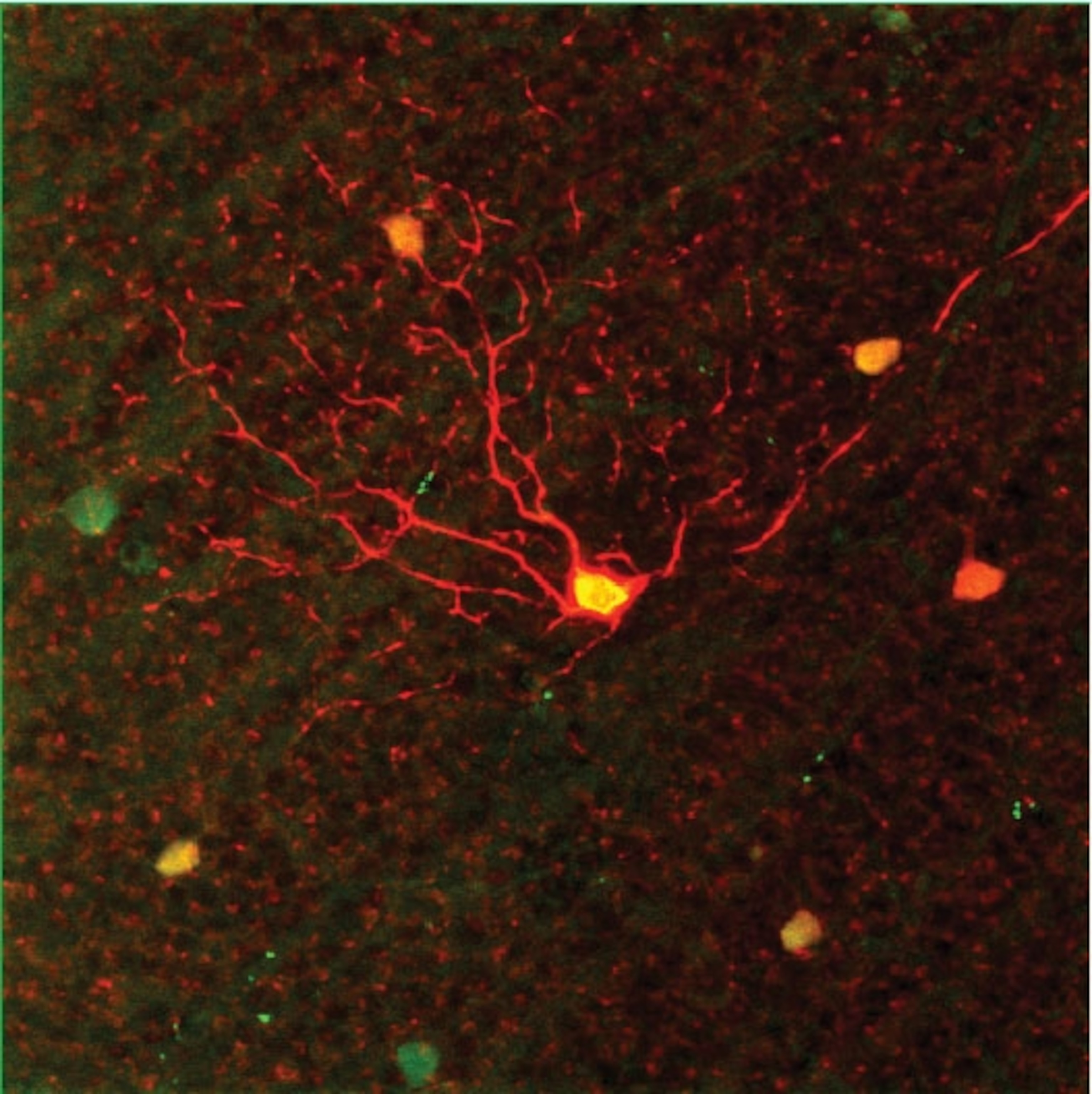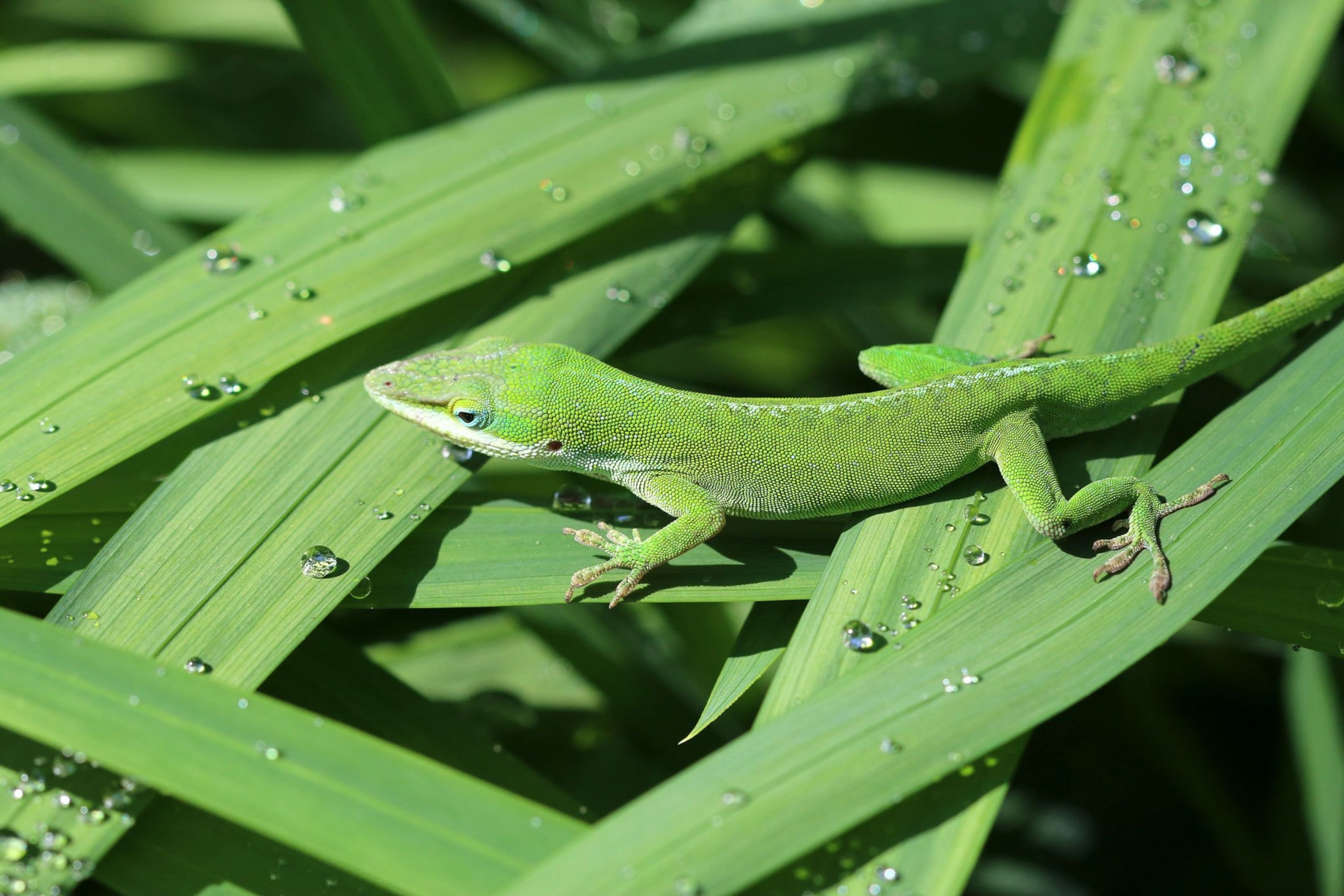Animals in darkness need to adjust their eyes to navigate a host of situations, whether they’re straining to see the galaxy next door or avoiding being turned into dinner. In most cases, the light-sensing machinery in eyes changes to take in more of the meager photons available when lighting is dim.
But a new study shows that mice, at least, have a different trick up their furry sleeves: a type of night vision keyed to motion. Described this week in the journal Neuron, the research suggests that one type of eye cell allows mice to be a bit more sensitive to movement in general when it’s dark out, which likely helps them avoid nocturnal predators. That cell type lives in the retina, a multi-layered structure tucked behind the eyeball that’s crucial for vision as we know it. (Take a peek inside the colorful world of insect vision.)
It’s not yet clear whether the same enhanced sensitivity applies to humans or other animals. But understanding these kinds of peculiarities about how vision works is crucial for developing sensitive retinal prosthetics.
“One of the things you’d like to know to make those prosthetics work really well is, for any arbitrary visual scene you might look at, what pattern of signals are generated in the brain?” says study coauthor Greg Field, a neurobiologist at Duke University.
“If you can answer that question for any scene, then you know how to electrically stimulate the [prosthetic] retina to produce that pattern.”
Dark Motion
Assembling a visual image is a massively complicated process, one that requires cells in the retina to take in loads of data on contrast, color, movement, and orientation. As information from each cell type comes in, it’s transmitted to the brain, which performs an immense amount of parallel processing to put the generate a coherent scene—literally in the blink of an eye. (Find out why astronaut eyes get deformed in space.)
Field and his team wanted to find out how all that processing changes as light levels vary. In particular, they’re studying how a subset of motion-sensitive cells behaves across light conditions, from bright sunlight to pale moonlight.
In normal circumstances, scientists do this by removing a mouse’s retina and placing it over an electrode array that records which cells are activated by various types of visual stimuli. In a dish, the mouse retinas can survive for hours, responding normally to visual inputs. The team then shows the retinas-in-dishes a variety of movies under different lighting conditions and looks for differences in activation patterns.
“It feels like you get to watch what your retina does when you watch a movie, and I love that,” Field says. “It is kind of creepy … they just continue to see, basically.”
Related Photos: Can You Spot the Camouflaged Animals?
But for this experiment, Field and his colleagues dark-adapted a population of mice for 12 hours so their retinas would be maximally prepped for low-light conditions. Then, to avoid ruining that dark adaptation, the scientists performed the intricate retinal dissection in the dark using night-vision goggles.
“You have to keep very careful track of your tools,” Field warns.
From there, they incrementally turned up the lights while playing movies for those retinas-in-a-dish, and they kept track of which cells responded to motion under which lighting conditions. That’s when graduate student Xiaoyang Yao discovered that cells that are normally only sensitive to ‘up’ motion in bright light became vastly less specific in the dark, responding to ‘up,’ ‘down,’ ‘left,’ and ‘right.’
“At low light levels, just detecting motion is really challenging,” Field says. “So the system seems to take this one cell type and makes the tuning much broader, allowing these cells to detect a broader range of motions.”
Finding Balance
In this way, the visual system is balancing the need to maximize motion detection with the ability to detect the direction of that motion—it would do a mouse no good to simply know that an owl is swooping toward it without also knowing the direction of attack. Having just one of the motion-specific cell types broaden its sensitivity seems to strike that ideal balance, Field says.
He and his colleagues aren’t completely sure why the ‘up’ cells are the only ones that do this, but subsequent work from their lab suggests that it has something to do with the fact that ‘up’ cells are networked together differently than the other three cell types that are sensitive to motion.
“They’re electrically coupled to one another,” Field says. “It gives them this ability to have flexible tuning across light levels.”
The results are quite interesting, says Stanford University neurobiologist Andrew Huberman, who notes that this particular type of cell earned its scientific name because, until now, people thought it only responded to motion in an ‘up’ direction.
“The results from Field et al are going to force people to rethink how we name cells … and to evaluate neurons that we think we understand in a wider range of contexts,” he says. “We just need to be cautious in our concept of what a cell type is, and be sure that the naming doesn't prevent us from considering other, broader sets of functions. This paper is a great demonstration of that.”


























































